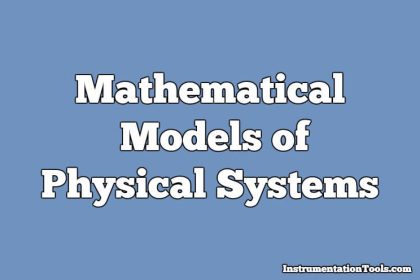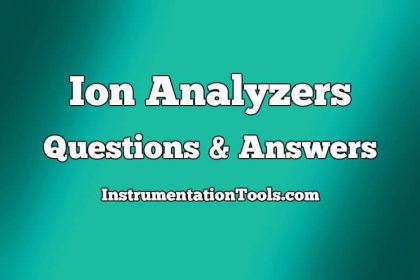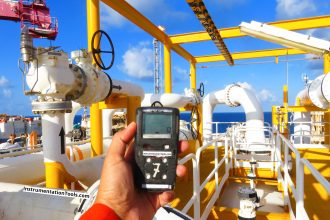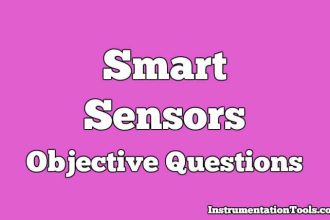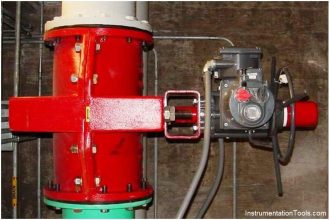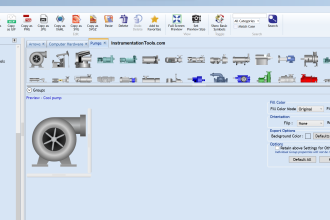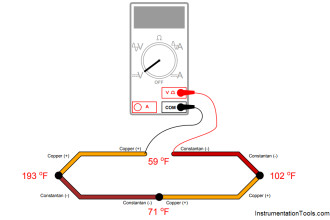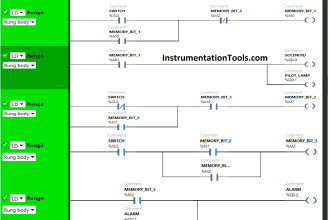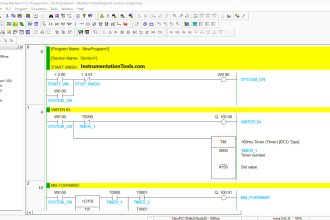Ion Transducers Questions & Answers
1. Which of the following is not an ion transducer or detector?
a) Faraday cup collector
b) Channeltron
c) Micro-channel plate
d) Flame ionization detector
Answer: d
Explanation: Flame ionization detector is not an ion transducer. It is a detector used in chromatography.
2. Which of the following is similar to photo multiplier transducer?
a) Faraday cup collector
b) Channeltron
c) Micro-channel plate
d) Electron multiplier transducer
Answer: d
Explanation: Electron multiplier transducer is similar to photo multiplier transducer. The difference is that its primary cathode detects ions rather than photons.
3. Which of the following is used in places where ion currents are very low?
a) Faraday cup collector
b) Channeltron
c) Micro-channel plate
d) Electron multiplier transducer
Answer: d
Explanation: Electron multiplier transducer is used in places where ion currents are very low. Its primary cathode detects ions.
4. Discrete type electron multiplier transducers can provide current gain upto which of the following?
a) 102
b) 105
c) 107
d) 1011
Answer: c
Explanation: Discrete type electron multiplier transducers can provide current gain upto 102. Upto 20 dynodes need to be used for this purpose.
5. Continuous dynode electron multiplier transducer is a trumpet shaped device made with which of the following?
a) Glass doped with lead
b) Steel doped with bronze
c) Phosphor bronze doped with iron
d) Iron doped with calcium
Answer: a
Explanation: Continuous dynode electron multiplier transducer is a trumpet shaped device made of glass. It is heavily doped with lead.
6. The potential maintained across the continuous dynode multiplier transducer is which of the following?
a) 1 to 5kV
b) 5 to 10kV
c) 2.5 to 6.2kV
d) 1.8 to 2kV
Answer: d
Explanation: The potential maintained across the continuous dynode multiplier transducer is 1.8 to 2kV. Electrons cascade down the tube.
7. Which of the following are not the characteristics of electron multiplier transducer?
a) Rugged
b) Reliable
c) Microsecond of response time required
d) High current gain
Answer: c
Explanation: Electron multiplier transducer requires only nanosecond of response time. It provides high current gain.
8. Which of the following are true about dynodes used in discrete dynode electron multiplier?
a) The dynodes are all kept at same voltage
b) Successive dynodes are held at lower potential
c) Successive dynodes are held at higher potential
d) All dynodes are held at very low potential
Answer: c
Explanation: In discrete dynode electron multiplier, successive dynodes are held at higher potential. Dynodes are metal plates with copper or beryllium surfaces.
9. In which of the following detectors, the collector is placed in an inclined manner?
a) Faraday cup collector
b) Channeltron
c) Micro-channel plate
d) Electron multiplier transducer
Answer: a
Explanation: The collector is placed in an inclined manner in faraday cup collector. This is to reflect the ions away from the entrance of the cup.
10. Which of the following is the least sensitive ion detector?
a) Faraday cup collector
b) Channeltron
c) Micro-channel plate
d) Electron multiplier transducer
Answer: a
Explanation: Faraday cup collector is the least sensitive ion detector. It is used in places where great sensitivity is not required.
11. Photographic plates are coated with which of the following?
a) Lead
b) Quartz
c) Silver bromide
d) Mercuric sulphate
Answer: c
Explanation: Photographic plates are coated with silver bromide. These are sensitive to energetic ions.
12. Which of the following detectors are well suited for spark source instruments?
a) Faraday cup collector
b) Photographic plates
c) Micro-channel plate
d) Electron multiplier transducer
Answer: b
Explanation: Photographic plates are well suited for spark source instruments. It has great sensitivity.
13. Photographic plates have greater sensitivity and resolution than electron multipliers.
a) True
b) False
Answer: a
Explanation: Photographic plates have greater sensitivity and resolution than electron multipliers. This is because they integrate the ion signals over a period of time.
14. Which of the following detectors consist of an array of glass capillaries?
a) Faraday cup collector
b) Photographic plates
c) Micro-channel plate
d) Electron multiplier transducer
Answer: c
Explanation: Micro-channel plate consists of an array of glass capillaries. They are coated with electron emissive materials.
15. Which of the following detectors can be used for ions with short life time?
a) Faraday cup collector
b) Photographic plates
c) Micro-channel plate
d) Electron multiplier transducer
Answer: b
Explanation: Photographic plates can be used for ions with short life time. This is because they integrate the ion signal over a period of time.
